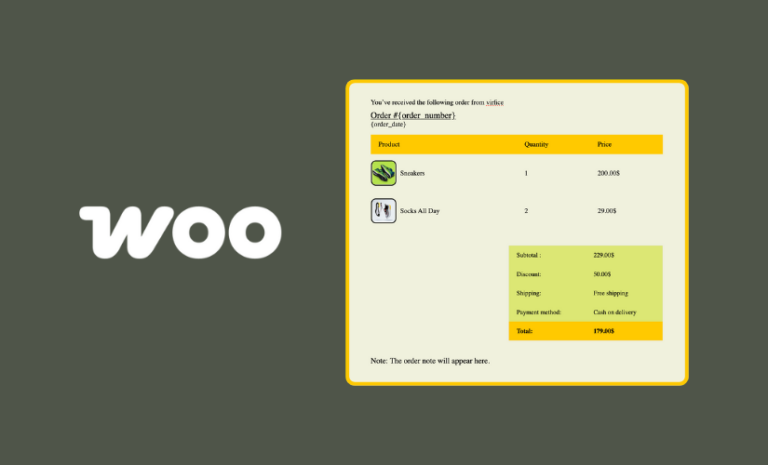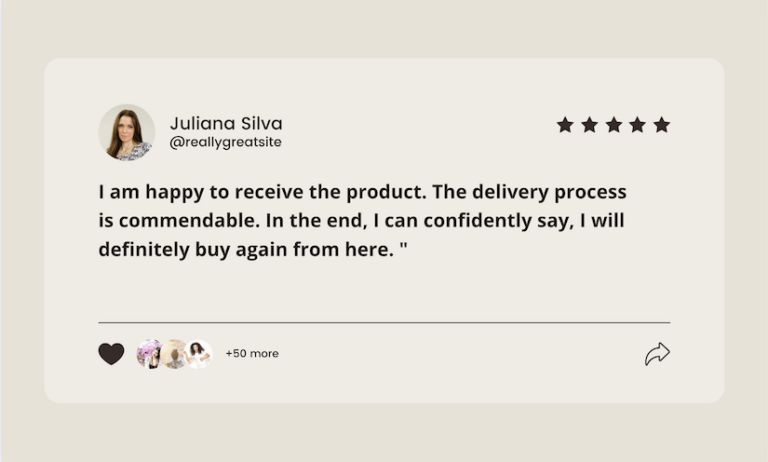If you are running an eCommerce store, you must know the volume of user and store data you handle. Security for online stores is crucial. People share their sensitive information while making a payment. They won’t make purchases if they don’t find your store secure. We have a guideline for you if you want to harden WooCommerce security.
WooCommerce is a powerful eCommerce solution for WordPress that offers a secure foundation for online businesses. However, it is not immune to external security threats. There are many security threats that eCommerce websites commonly experience such as hacks, brute force attacks, credit card skimmers, and others.
Today’s article will discuss vulnerable points in online stores, security loopholes, & more about online stores, and showcase some actionable ways to strengthen WooCommerce security.
If you are serious about security and want to safeguard your store and user data, this guideline to secure eCommerce stores is for you.
What Are the Common eCommerce Security Threats?
Websites being hacked is a regular phenomenon, eCommerce site is no different. Online stores are vulnerable to various security threats that can compromise sensitive data, disrupt business operations, and break customer trust.
Here are some common security threats that eCommerce stores usually face.
- Payment Card Fraud: Hackers inject malicious scripts into e-commerce websites to get credit card details during the checkout process. It’s generally called credit card skimming. Fraudsters also use stolen credit card information to make small transactions to verify the validity of the card. Any website that handles payments can see such attract too.
- Phishing Attacks: Cybercriminals create fake websites that mimic real eCommerce sites to trick users into entering sensitive information. Fake emails are sent to users, often containing malicious links or attachments.
- Brute Force Attacks: Attackers use automated tools to repeatedly attempt login credentials until the correct combination is found.
- Distributed Denial of Service (DDoS) Attacks: Attack eCommerce website with a flood and traffic disrupts normal operations, leading to downtime and potential financial losses.
- Man-in-the-Middle (MitM) Attacks: Intercepting communication between the user and the eCommerce site to get unauthorized access to manipulate data.
- Cross-Site Scripting (XSS) and Cross-Site Request Forgery (CSRF): Injecting malicious scripts into website pages or tricking users into executing unintended actions, leading to data theft or unauthorized transactions.
- Data Breaches: Unauthorized access to and theft of sensitive customer information, including personal details, payment card data, and order history.
Apart from these, there are some other security threats that your store might be vulnerable to. eCommerce businesses should implement a comprehensive security strategy, including regular security audits, encryption, secure coding practices, and user education to mitigate these threats. If your eCommerce site is built with WooCommerce, there are some WooCommerce security best practices to follow to safeguard your store from these threats.
WooCommerce Security Guide: 10+ Ways to Secure WooCommerce Sites
You should always take website security seriously. As an eCommerce site handles payments and takes user data and sensitive card information, security should be your paramount consideration. Here are some of the ways you can secure your WooCommerce sites.
Choose Secure WooCommerce Hosting
Hosting comes first when it comes to security. Because it is the home where you host your online store. No matter the security measures you take, if your website is not on secure hosting, it is always vulnerable to threats. Choose a hosting that has protection against common security risks including DDoS attacks, firewalls, and other security features.
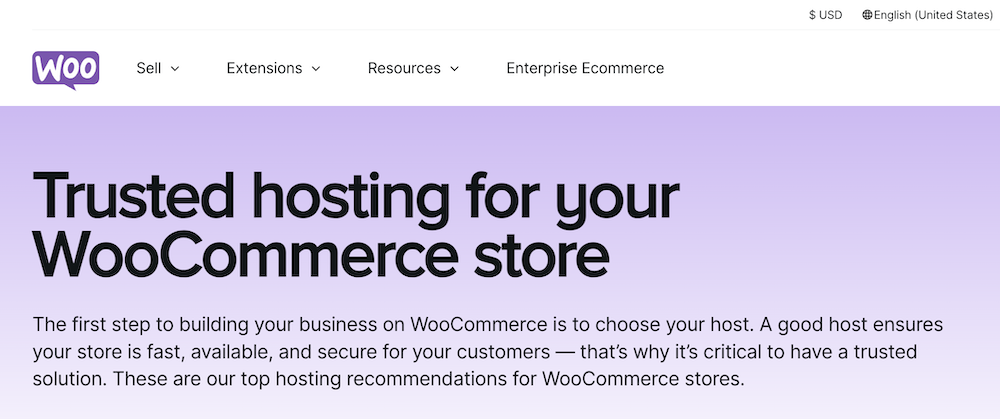
Some hosting services come with built-in Cloudflare integration to provide security and more. You can host your eCommerce site on WordPress.com, Kinsta, Cloudways, WPEngine, and Rocket for secure eCommerce hosting.
Some hosting companies have hosting plans dedicated to WooCommerce.
You can find some other dedicated WooCommerce hosting that fits your store and budget too.
Use SSL for WooCommerce Stores
SSL – Secure Sockets Layer for your WooCommerce store is a must. Probably, nobody is going to purchase anything if you are not using an SSL certificate for your eCommerce store these days. Most hosting providers provide these for free, Cloudflare also comes with SSL certificates.
It is best to use SSL certificates from trusted ones for optimum security.
Use Secure WooCommerce Themes and Plugins
WordPress themes and plugins are one of the primary ways to inject malicious code, make your database insecure, and keep your data open in public for hackers to get access to your site.

If you are using trusted WordPress themes and plugins that are built with security best practices, you can safeguard your website from malicious attacks.
Keep Your Software Updated
You have WordPress and PHP, themes, and plugins that require to be updated regularly. Outdated software poses a greater security threat.
WordPress releases frequent updates so, do the WordPress themes and plugins you might be using. Keeping your WordPress version, themes, and plugins updated is crucial not only for accessing new features but also for resolving potential issues that could affect your website’s performance and security.
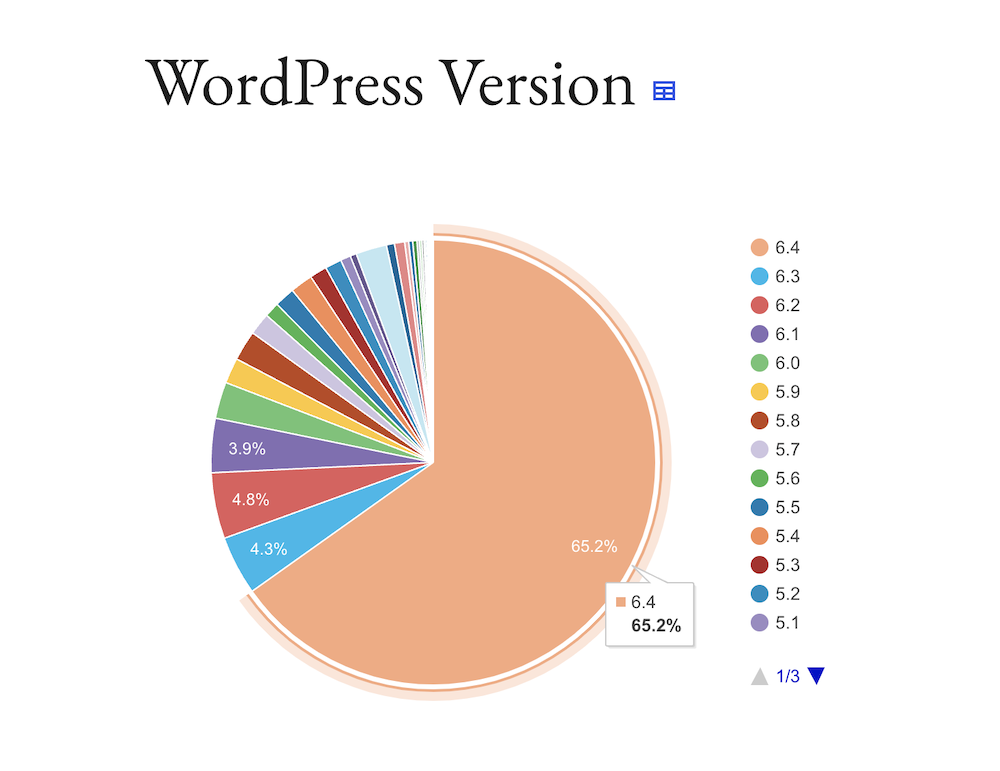
Automatic updates typically cover minor releases, focusing on performance and security enhancements. Failure to update may result in missing out on significant security fixes. Regardless of your auto-update settings, you should check for major updates and make sure the software on your websites is up to date.
According to a study by Sucuri, In 2022, 50.58% of all CMS applications were outdated at the point of infection.
Manage User Roles and Restrict Access
Securing WooCommerce stores involves managing the roles and permissions of users in your stores. User roles decide who can do things like making posts, editing pages, handling orders, and so on.
In addition to six default user roles: Administrator, Editor, Author, Contributor, Subscriber, and Customer. WooCommerce adds two more: Shop Manager and Shop Accountant.
As the store owner, it’s crucial to control and limit what each user role can do to prevent any unwanted or harmful actions. For instance, reserve the Administrator role only for yourself and trusted staff who need full control. The Shop Manager role should be given to staff responsible for managing shop settings and orders.
It’s important not to assign these roles to anyone who doesn’t genuinely need them. Also, when customers register on your site, review and limit their access. Usually, customers register to check their order history and manage their profiles. Only grant access to pages that are relevant to them, such as order details, addresses, and payment information, while restricting access to other unnecessary pages. This way, you enhance the security of your online store by ensuring that each user has precisely the access they need and nothing more.
If you have a lot of users with different roles on your eCommerce site, you should monitor who is doing what to make sure everyone is doing their job without compromising any security risks. There are WordPress plugins that you can use to do that. You can read our tutorial on monitoring user actions on the WordPress site.
Secure WooCommerce Site Against Brute Force Attack
A brute force attack is a type of attack where hackers try different combinations of usernames and passwords repeatedly until they find something that matches. If your passwords and usernames are easy to guess you are more likely to experience brute force attack on your site.
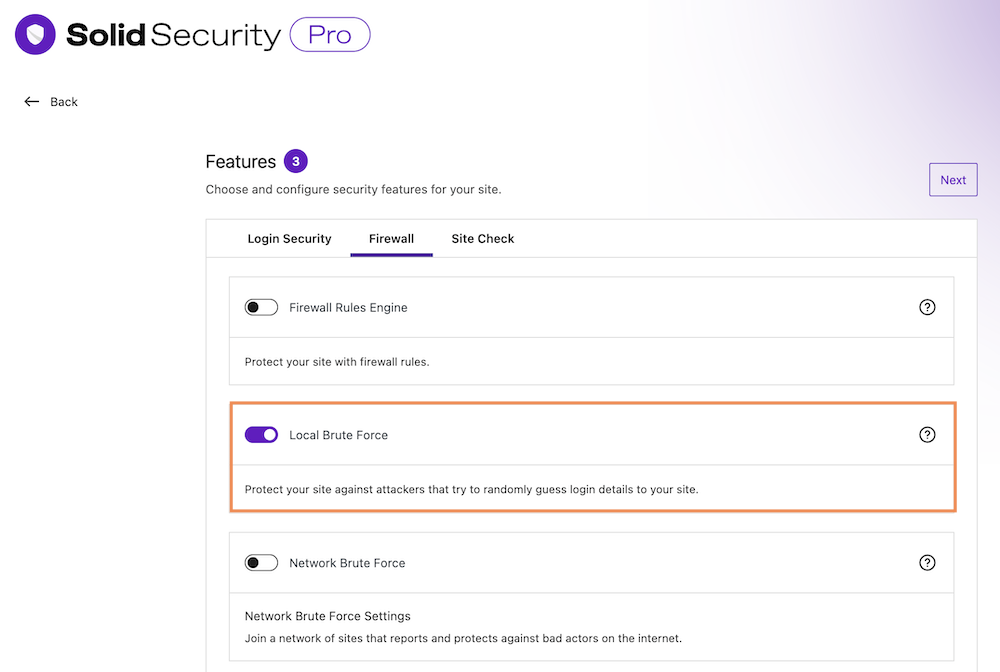
You can easily stop brute force attacks on your website by limiting login attempts, band bad logins and IPs, and banning people trying to use “admin” as a username. All these are available in the SolidSecuirty plugin’s brute force protection. Here’s what you need to do to stop brute brute-force attacks on your WooCommerce store.
- Froce users use strong passwords
- Limit login attempts
- Change regular WordPress login URL
- Ban easy-to-guess usernames
- Inspire users to change their passwords regularly
- Enable 2FA on login and registration
If you want a detailed tutorial on this, read our post on how to stop brute force attacks on WordPress sites.
Disable File Edits from the WordPress Admin Dashboard
Disabling file editing within the dashboard is an effective method to enhance security. While file editing offers flexibility, it also poses a risk if accessed by unauthorized individuals. You can still do so via your FTP application without compromising security if you need to edit your website files.
Simply add the following code snippet to your wp-config.php file:
// Disable file edit
define( 'DISALLOW_FILE_EDIT', true );Scan WooCommerce Site for Malware Regularly
Canning a WooCommerce store for malware can reduce the risk of potential hacking. Scanning helps you identify the loophole in your website security system and help you take necessary measures.
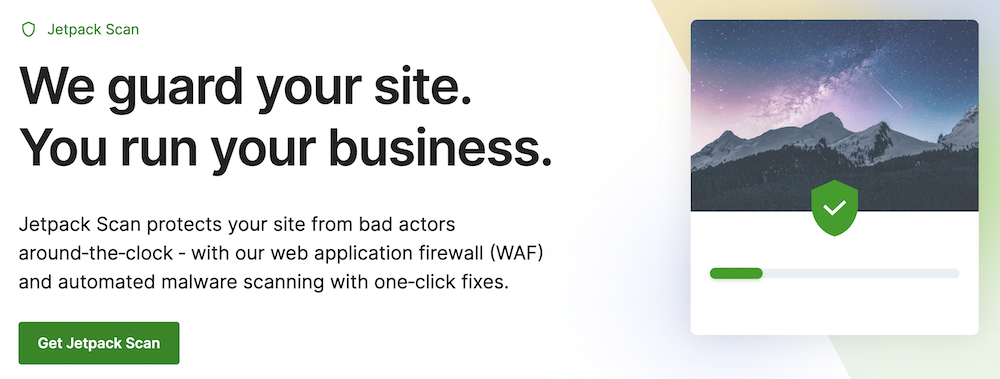
Additionally, you can analyze your WordPress sites for various types of malware by inputting your website URL into online scanning tools such as Virustotal. Start by scanning your website using any of the online tools listed below.
- Virustotal
- Security Headers by Scott Helme alomes
- Sucuri SiteCheck
- Webhint Scanner by OpenJS foundation
- Jetpack Scan
If you want a premium automated website scan solution, you can always go for Jetpack Scan. It protects your site from bad actors with the web application firewall (WAF) and malware scanning with one‑click fixes.
Use Secure Payment Gateways for Your WooCommerce Store
As the WooCommerce store deals with payments, the gateway you use to get payments should be secure and most importantly trusted.
Even after being convinced with the products, customers may not purchase if you aren’t using secure payment gateways.
Also, It is crucial to understand the access to sensitive payment processing information, including credit card details and personally identifiable information.
You should identify the types of sensitive data collected (such as credit cards, passwords, and addresses), determine authorized access to this data, maintain event logs for data access, ensure secure data transmission with SSL for payment transactions, and implement proper storage and monitoring practices for cardholder data to ensure the security of the customer’s payment information.
Set Up a Firewall to Harden WooCoomerce Security with a WordPress Plugin
Safeguarding your WooCommerce store against potential hackers is crucial, and there are a lot of security plugins available for this. The widely used WordPress security plugins are Sucuri, Solid Security, and Wordfence.
These plugins offer useful features designed to enhance both security and performance. From malware scanning to audit logs, from tracking failed login attempts to implementing reCAPTCHAs, and from IP whitelisting to blocking malicious networks, these plugins provide a wide array of protective measures. Choose from the following list of WordPress security plugins to safeguard your site effectively.
- Solid Security – Formerly iThemes Security
- Sucuri Security – Auditing, Malware Scanner and Security Hardening
- Wordfence Security – Firewall & Malware Scan
- SecuPress Free — WordPress Security
Secure Checkout Page Against Bots and Card-testing Attacks
The checkout page of an eCommerce store is one of the most crucial pages. Attackers sometimes target this page and run bots and card-testing attacks. You can safeguard your store from such attacks.
Disabling guest checkout can prevent bots. Users need to be logged in to check out is a quick and easy step that you can take to filter out bots. Go to WooCommerce > Settings > Accounts & Privacy, now uncheck the “ Allow customers to place orders without an account” in the “Guest Checkout” section.

Check this guideline to know how to disable guest checkout in the WooCommerce store
You can use the WooCommerce Anti-Fraud plugin to prevent card testing and other fraudulent activities on checkout with cards.
Change WordPress Database Prefix to Secure WooCommerce Database
WordPress uses the prefix “wp_” for database tables by default. Changing this prefix to a unique and random one adds an extra layer of security by making it more challenging for hackers to target your database tables. You can do this during the WordPress installation process or by using plugins specifically designed for this purpose. You can use the “Brozzme DB Prefix & Tools Addons” plugin to change your database table prefix.
Remember to backup your database before making any changes to ensure you can restore it in case of any issues.
Secure wp-config.php and .htaccess File
The wp-config.php file holds crucial database information for your WooCommerce store, such as admin passwords. Changing this file from its default location in the root subdirectory to a higher subdirectory enhances security by increasing the difficulty for potential hackers to discover it. You can also hide wp-config.php by pasting the code below inside the .htaccess file.
<files wp-config.php>
order allow, deny
deny from all
</files>To hide the .htaccess file you can paste the code below inside the .htaccess file
<files .htaccess>
order allow, deny
deny from all
</files>Keep a Backup of Your WooCommerce Store
You always should keep a backup of your WooCommerce store. In the unfortunate event of a hack, backups enable quick restoration of your store. There are many WordPress backup plugins available to assist you in this regard. You can choose from any of the backup plugins below.
- SolidBackup
- UpdraftPlus
- BackWPup
Keep a backup of your WooCommerce store to stay risk-free in case of any attack. You can restore and get your website back anytime.
Security should be your paramount consideration if you have an eCommerce site. I hope our guide on WooCommerce security will help you secure your WooCommerce site. If your customers don’t find your store secure they will not make purchases and will never come back to your site even if you harden security after that.
Customers trust eCommerce sites with their card credentials, stores should be secure enough to safeguard those sensitive and vital user information.

